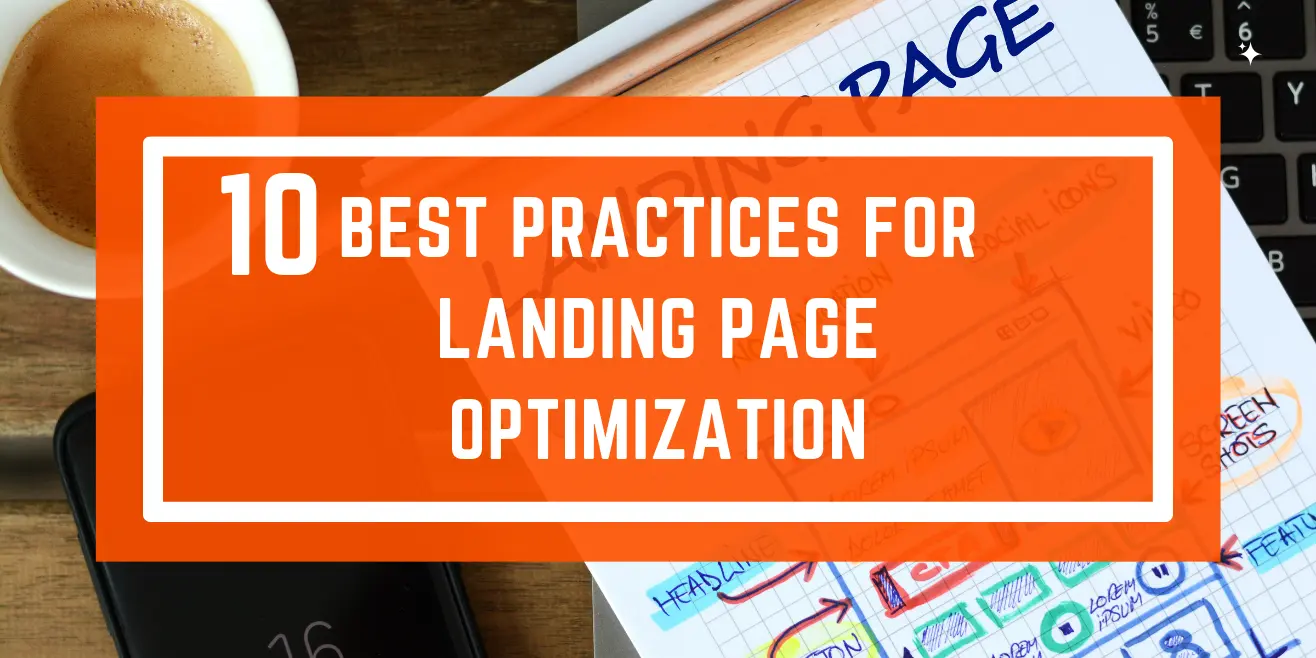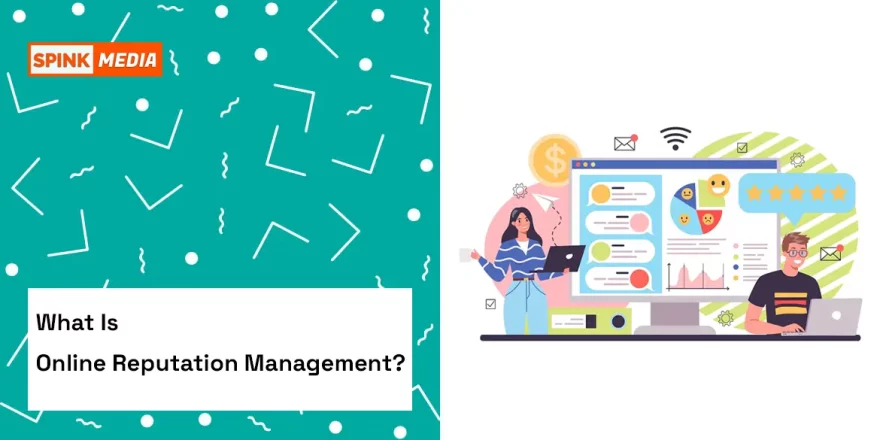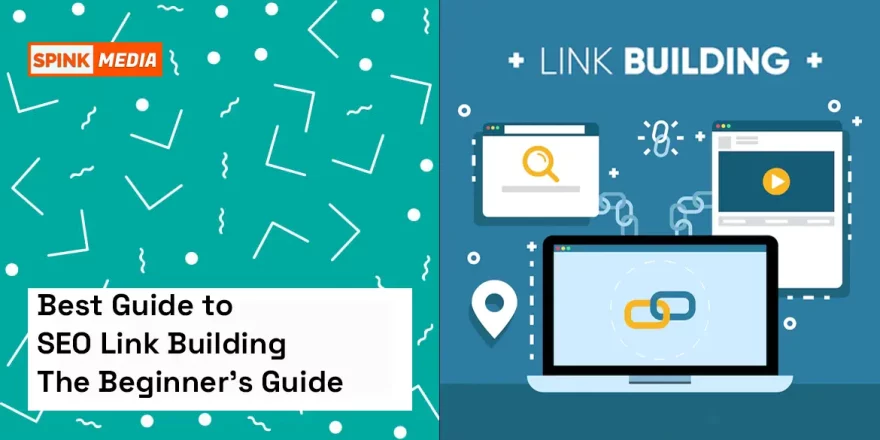Landing pages are one of the most important elements of any online marketing campaign. If your landing pages are ineffective or poorly designed, you’ll struggle to convert leads into customers. In this post, we’ll outline 10 best practices for landing page optimization, so that you can create pages that are both effective and user-friendly. We’ll teach you everything you need to know to create successful landing pages. So don’t wait – start optimizing your landing pages today!
1. Use a clear, compelling value proposition.
The value proposition is the main reason why someone should choose your product or service. It should be prominently displayed on your landing page and should clearly communicate the benefits of what you are offering. A strong value proposition can help persuade visitors to take the desired action (e.g., filling out a form or purchasing).
2. Use strong, actionable headlines.
The headline is the first thing that people will see when they land on your page, so it needs to be attention-grabbing and convey the main benefit of your product or service. It should be specific, relevant, and compelling and clearly tell visitors what you want them to do.
Social proof is the idea that people are more likely to take action if they see that others have already done so. You can include social proof on your landing page in the form of customer testimonials, reviews, or the number of customers you have served. This can help build trust and credibility and can persuade visitors to take the desired action.
4. Use high-quality, relevant images.
Images can be a powerful way to convey the value of your product or service, so be sure to use high-quality, relevant images that will help people understand what you are offering. Avoid using low-quality or irrelevant images, as these can distract from your message and hurt your credibility.
5. Use a clear, concise call to action.
The call to action (CTA) is the button or link that you want people to click on to take the next step. Make sure it is prominently displayed on your landing page and uses actionable language that clearly tells people what you want them to do. The CTA should be relevant, specific, and compelling, and should match the overall tone and style of your landing page.
6. Keep the page clutter-free.
A cluttered landing page can be overwhelming and can distract from the main message of your page. Be sure to keep the page clean and focused and only include information that is relevant and necessary. Remove any distractions or unnecessary elements that might prevent visitors from taking the desired action.
7. Use whitespace effectively.
Whitespace is the empty space on your page that surrounds your content. Using whitespace effectively can help make your page look clean and uncluttered, and can help draw attention to important elements on the page. Don’t be afraid to use whitespace to create a sense of calm and focus, and to make your content easier to read and understand.
8. Optimize for mobile devices.
With more and more people accessing the internet from their smartphones, it’s important that your landing page is optimized for mobile devices. This includes having a design that is responsive (i.e., it adjusts to fit the screen size of the device being used), as well as having larger font sizes and buttons that are easy to tap with a finger. A mobile-friendly landing page will have a better user experience and may rank higher in mobile search results.
9. Use a clear, easy-to-understand layout.
A clear, easy-to-understand layout will help people navigate your landing page and understand the value of your product or service. Use headings, subheadings, and bullet points to break up your content and make it easy to scan, and use whitespace effectively to create a sense of focus. Avoid using small font sizes or cluttered layouts, as these can be difficult to read and can distract from your message.
10. Test, test, test!
The only way to know what works on your landing page is to test different elements and see how they perform. Use tools like Google Analytics and A/B testing to see how different elements of your page are affecting your conversion rate and make changes accordingly. Some things you might want to test include the value proposition, headlines, images, calls to action, and layout. Testing can help you identify what works best for your audience and can help you improve the performance of your landing page over time.
Also, Check – 10 Best Search Engine Optimization Practices
Conclusion
And that’s all! These are the 10 best practices for landing page optimization we covered in this article. The tips are simple, relevant, and easy to implement.
If you have any other questions regarding the top ten tips listed above or anything else related to landing page optimization, just leave a comment down below! All doubts will be answered by us.





